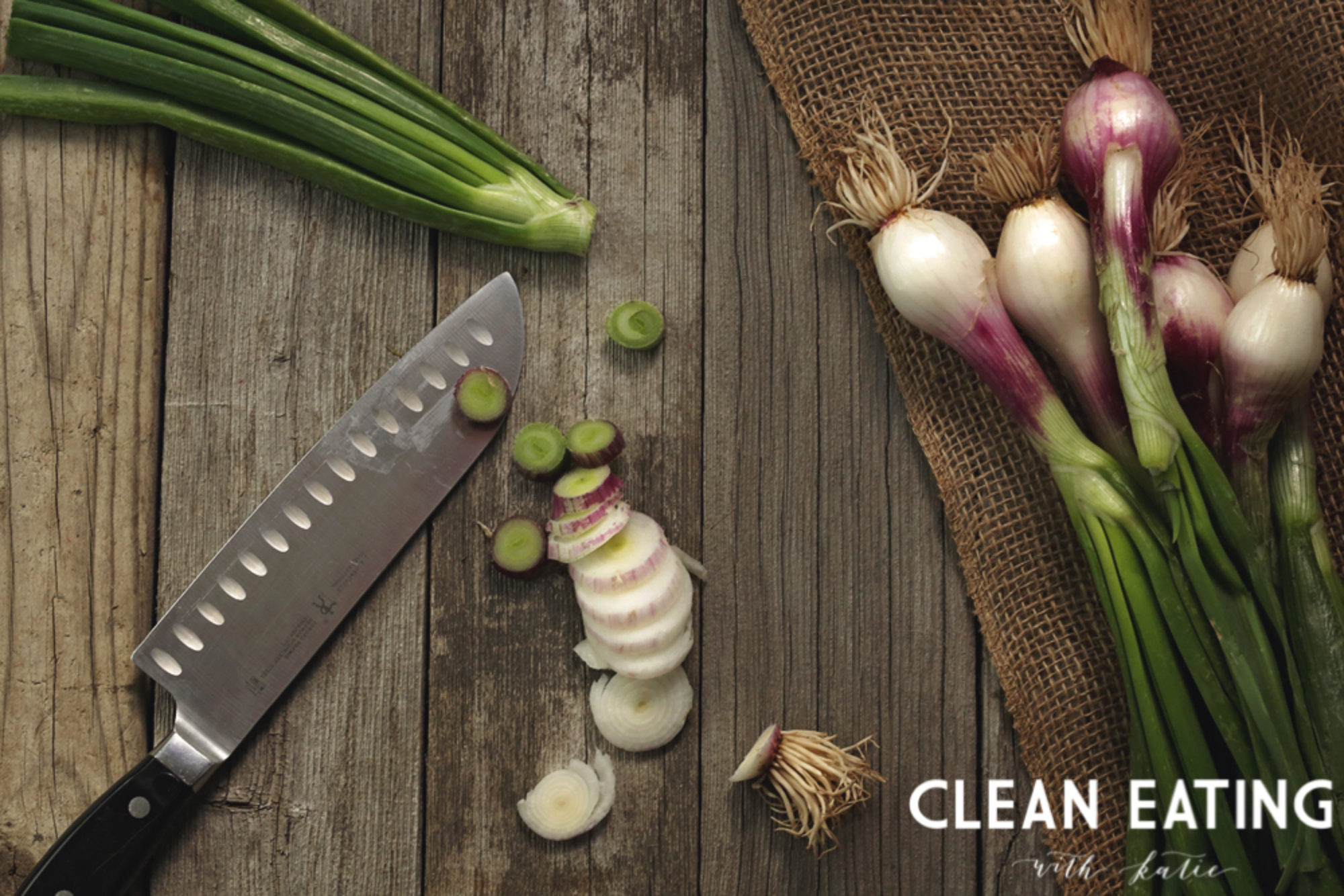I can’t quite remember where I first heard of The 52 New Foods Challenge: A Family Cooking Adventure for Each Week of the Year, with 150 Recipes, but I instantly loved the idea of it. Since I was a child, I’ve always been a “picky eater”. As a kid it was my escape from having to eat foods that didn’t appeal to me. Then I became a vegetarian, but I was a picky vegetarian that didn’t eat meat and didn’t eat tomatoes, kale, mushrooms, and more. When I decided to eat meat again, part of the driving force b
 ehind that decision was so that I wasn’t so restricted with things that I could and couldn’t eat. Now I realize that when I decided to go gluten-free, dairy-free, and paleo that my diet once again became restrictive, but these are restrictions that I choose because I feel good eating paleo, not because of being “picky”.
ehind that decision was so that I wasn’t so restricted with things that I could and couldn’t eat. Now I realize that when I decided to go gluten-free, dairy-free, and paleo that my diet once again became restrictive, but these are restrictions that I choose because I feel good eating paleo, not because of being “picky”.
I started this challenge to encourage myself to try more foods and, most importantly, to LIKE more foods. Although, I’m much less picky now as an adult, there are still more vegetables that I would like to ENJOY eating. From personal experience, I’ve found that the more often that I am exposed to a vegetable, the more I like it. This has been my experience with Kale, Beets, Brussels Sprouts, Tomatoes, and Cilantro.
Jennifer Tyler Lee wrote this challenge to encourage families to try new foods together. To make new foods less scary for kids, she makes a game out of it. Her children have also helped to develop the recipes for the book. I enjoy highlighting new foods each week and sharing some food facts.
I hope you’ll join me on my 52 New Foods Challenge.
Hugs and Health <3,
Katie
**Note: There are only 50 posts in my 52 New Foods Challenge. Since the food facts for Asian Pears (winter) and Pears (fall) are very similar, I have opted not to include a separate post. Also, the final week in fall is Whole Wheat Flour and if you’ve read any of my work, you know my stance on whole wheat flour. (My favorite whole wheat flour fact: ALL of the mills are only set up to mill flour one way, the same way in which white flour is milled – removing the entire hull. So to make whole wheat flour, they mill it just like white flour and then add back the hull that gets removed in the process to give it the “healthy” light brown hue. ONLY flours that are labeled “stone ground” are milled in a different manner leaving more of the hull intact.) You know, #themoreyouknow 😉

